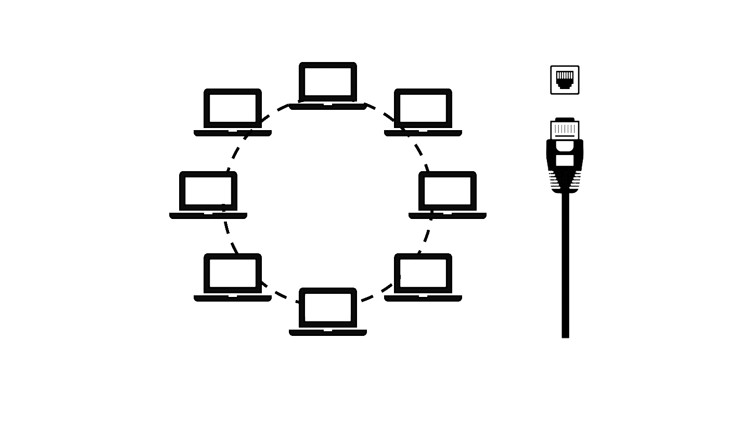
Use this course to cover your Computer Networking basics!
What you will learn
Computer Networks basics
OSI model
Most used network protocols
Computer Network Security basics
Mobile Networks basics
Description
Computer Networks Fundamentals is a course that will help you get off the ground with your Computer Networks knowledge, with easy-to-understand theoretical lessons and some practical examples. In this course, the OSI (Open Systems Interconnection) model is used, following its 7 layers:
1. Physical Layer (L1)
2. Data Link Layer (L2)
3. Network Layer (L3)
4. Transport Layer (L4)
5. Session Layer (L5)
6. Presentation Layer (L6)
7. Application Layer (L7)
We will use that same order, and as a bonus, after we’ve thoroughly covered all 7 OSI layers, we’ll also cover the topics of Computer Network Security, Mobile, and Wireless Networks too.
Computer networking knowledge is likely to improve your career prospects. Network professionals may work as network engineers or network architects, computer security specialists, or network and computer systems. Either way, opportunities in this field are plentiful.
You may also use this material as an introduction to Computer Network Security, which has been in focus lately. For the jobs offered in that area, knowing Computer Networks fundamentals is a mandatory pre-requisite, and will greatly improve your chances of getting a role in cybersecurity some day.
As in every Cyber Quince course, you’re welcome to ask questions both in the Q&A section, and via direct messages. Any suggestions and requests for additional topics to be covered will also be appreciated!
Content